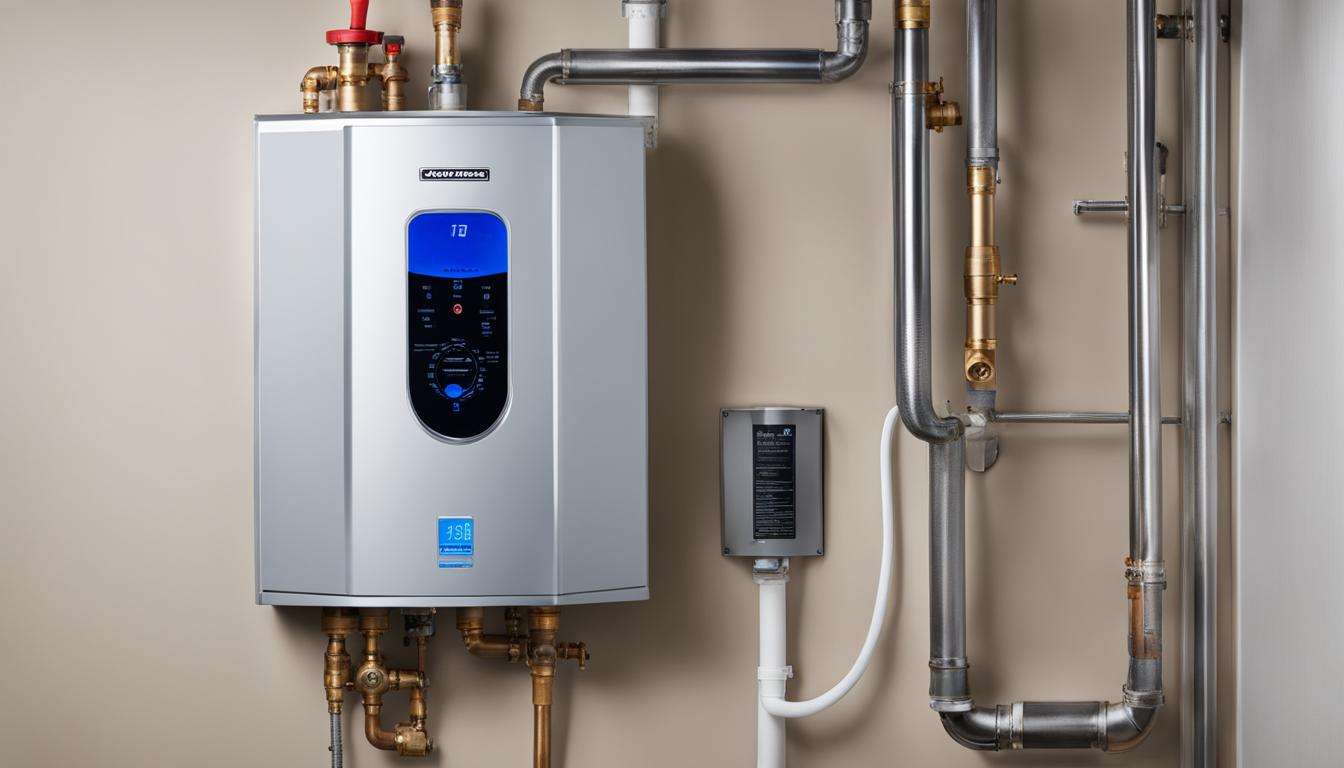Replacing an AO Smith water heater element can seem daunting, but with the right knowledge and tools, it’s a manageable task for the average homeowner․ A faulty heating element can lead to inconsistent hot water, no hot water at all, or even increased energy bills due to inefficient heating․ Understanding the process of AO Smith water heater element replacement is crucial for maintaining your water heater’s performance and extending its lifespan․ This guide will walk you through the steps, from identifying the problem to safely completing the replacement, ensuring you restore hot water to your home․
Identifying a Faulty Heating Element
Before diving into the replacement, it’s essential to confirm that the heating element is indeed the culprit․ Several symptoms can indicate a failing element:
- No Hot Water: This is the most obvious sign․ If your water heater isn’t producing any hot water, a burnt-out element is a likely cause․
- Inconsistent Hot Water: You might get some hot water initially, but it quickly turns lukewarm or cold․
- Lukewarm Water: The water never reaches the desired temperature․
- Increased Energy Bills: A damaged element might be drawing more power to compensate for its inefficiency․
- Rusty Water: While this can indicate other issues, a corroded heating element can contribute to rusty water․
Testing the Element: Use a multimeter to test the element for continuity․ Disconnect the power to the water heater at the breaker․ Remove the access panel and insulation covering the element․ Disconnect the wires from the element․ Set your multimeter to the ohms setting (resistance)․ Place one probe on each terminal of the element․ A reading of infinity (open circuit) indicates a faulty element․ A reading close to zero indicates a short, also indicating a faulty element․ A reading within the manufacturer’s specifications indicates a functional element, meaning the problem lies elsewhere․
Tools and Materials Needed
Gathering the necessary tools and materials beforehand will streamline the replacement process․
- New Heating Element: Ensure it’s compatible with your AO Smith water heater model․ Check the wattage and voltage․
- Water Heater Element Wrench: A specialized wrench designed to remove and install heating elements․
- Multimeter: For testing the old and new elements․
- Adjustable Wrench: For tightening connections․
- Screwdrivers: Both flathead and Phillips head․
- Bucket and Hose: For draining the water heater․
- Teflon Tape: For sealing the new element․
- Insulated Gloves: For safety․
- Safety Glasses: To protect your eyes․
Step-by-Step Replacement Guide
- Turn Off the Power: Locate the circuit breaker for the water heater and switch it off․ This is crucial for safety․
- Turn Off the Water Supply: Locate the cold water inlet valve on top of the water heater and turn it off․
- Drain the Water Heater: Attach a hose to the drain valve at the bottom of the water heater and run the hose to a suitable drain․ Open the drain valve and allow the tank to drain completely․ This can take some time․
- Remove the Old Element: Remove the access panel and insulation covering the element․ Disconnect the wires from the old element․ Use the water heater element wrench to loosen and remove the old element․ Be prepared for some residual water to spill․
- Install the New Element: Wrap the threads of the new element with Teflon tape to ensure a watertight seal․ Carefully thread the new element into the tank and tighten it securely with the water heater element wrench․ Do not overtighten․
- Reconnect the Wires: Reconnect the wires to the new element, ensuring they are securely attached․
- Refill the Water Heater: Close the drain valve and open the cold water inlet valve to refill the tank․ Allow the tank to fill completely before turning the power back on․
- Check for Leaks: Inspect the area around the new element for any leaks․ If you find any, tighten the element slightly․
- Turn On the Power: Once the tank is full and there are no leaks, turn the circuit breaker back on․
- Test the Water Heater: Allow the water heater to heat up for a few hours and then test the hot water at a faucet․
Safety Precautions
Safety should always be your top priority when working with electrical appliances and water heaters․
- Always turn off the power and water supply before beginning any work․
- Wear insulated gloves and safety glasses․
- Never work on a water heater that is full of water․
- If you are not comfortable performing the replacement yourself, consult a qualified plumber or electrician․
The process of an AO Smith water heater element replacement, while straightforward, requires careful attention to detail and adherence to safety precautions․ By following these steps and taking your time, you can successfully replace the element and restore hot water to your home․ Remember to consult your water heater’s manual for specific instructions and warnings related to your model․ Finally, ensure you have the right replacement part for proper functionality․

